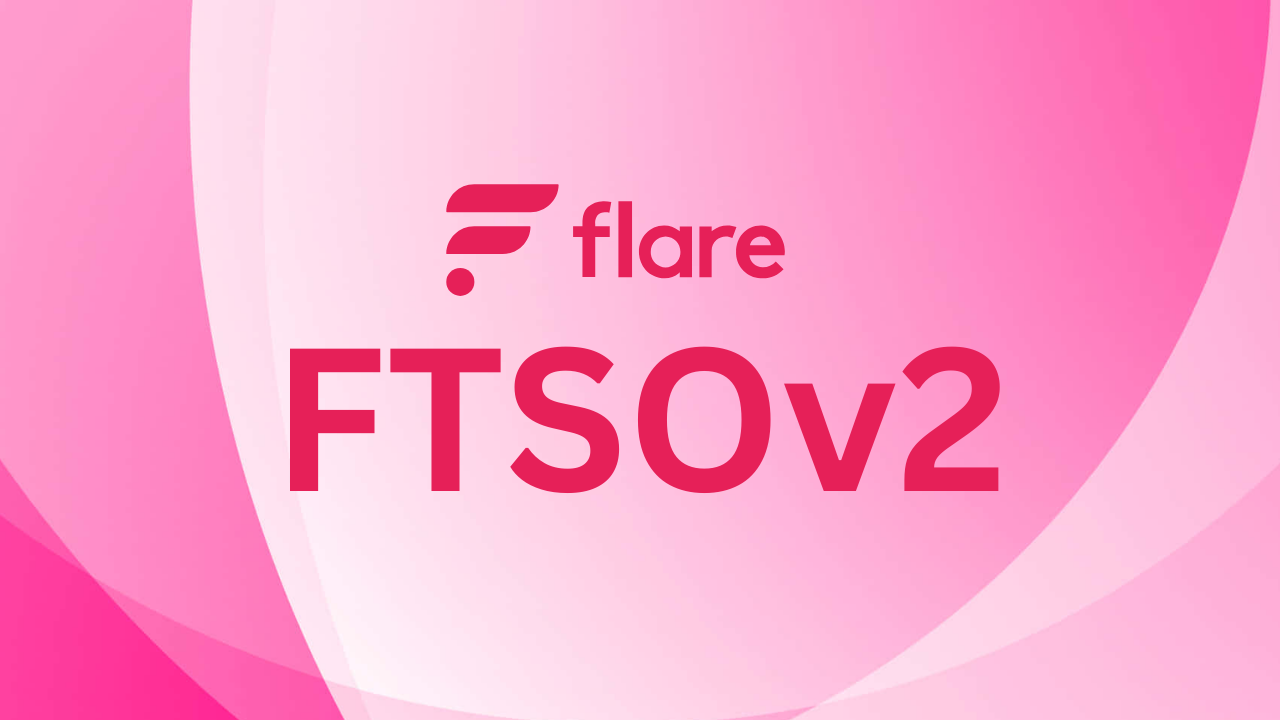Flare Network, a notable layer-1 blockchain dedicated to data, has recently announced the launch of the Flare Time Series Oracle version 2 (FTSOv2) on its mainnet. This innovation not only amplifies the features introduced by its predecessor, FTSOv1, but also significantly enhances latency, scalability, and cost-effectiveness. FTSOv1 has been admired for providing consistent, decentralized data feeds without any downtime or failures since its inception. FTSOv2 is poised to expand upon this reliable foundation, integrating directly into Flare’s core architecture to harness the network’s full economic security. This integration guarantees that every data feed mirrors the blockchain’s inherent security measures.
Key Enhancements and Upgrades
One of the most significant improvements in FTSOv2 is the considerable reduction in latency. The system now updates with each new block on Flare, approximately every 1.8 seconds, establishing a new benchmark without compromising decentralization. This achievement is supported by approximately 100 independent data providers, who are chosen by users delegating their stake, thereby imposing a strict economic penalty for any malpractice. Notably, around 67% of FLR’s circulating supply is currently designated to secure the FTSO system.
Scalability and Cost-Effectiveness
FTSOv2 also showcases remarkable advancements in scalability. It is designed to support up to 1,000 feeds covering a wide array of asset classes including cryptocurrencies, equities, and commodities. This broad spectrum of coverage is achieved while maintaining high cost-efficiency, with all crypto feeds being freely accessible onchain. Such scalability and cost-effectiveness represent significant strides forward, making FTSOv2 an attractive option for various applications.
Real-world Applications
FTSOv2’s rapid data updates bring tangible benefits to lending and borrowing platforms by enhancing collateral usage efficiency and improving risk management. The system’s accurate and swift data feeds also offer great value to perpetual futures and options, facilitating better risk management and ensuring precise pricing. Moreover, cross-chain order books stand to gain from FTSOv2’s reliable pricing data, enabling smoother and more secure transactions across different blockchain ecosystems. The system’s application extends even further to real-world assets, paving the way for a deeper integration between traditional finance and blockchain technology.
Technological Innovations behind FTSOv2
At its core, FTSOv2 employs a manipulation-resistant randomness algorithm to select data providers every 1.8 seconds, allowing for consistent and fixed incremental updates to feeds. To ensure long-term accuracy, a commit-reveal process is executed among all data providers every 90 seconds. This mechanism is particularly crucial during periods of high market volatility, as it can increase the number of data submissions to provide timely responses to rapid price changes.
For developers eager to integrate FTSOv2 into their applications, the process has been made remarkably straightforward. With fewer than 10 lines of code required to query real-time data, such as FLR/USD prices, developers can easily access this valuable resource. Flare supports this integration process through the Flare Developer Hub and fosters a vibrant community on Discord for ongoing discussions and assistance.
Conclusion and Future Outlook
The introduction of FTSOv2 marks a substantial leap forward for the Flare Network, emphasizing its commitment to improving latency, scalability, and cost-efficiency in decentralized data feeds. By building on the successful foundation laid by FTSOv1 and integrating closely with Flare’s core architecture, FTSOv2 offers a more secure, efficient, and scalable solution for real-time data needs across various applications. As the ecosystem continues to evolve, the advancements in FTSOv2 hold promising potentials for fostering deeper connections between traditional finance and blockchain technology, ultimately driving innovation and efficiency in the digital economy.
